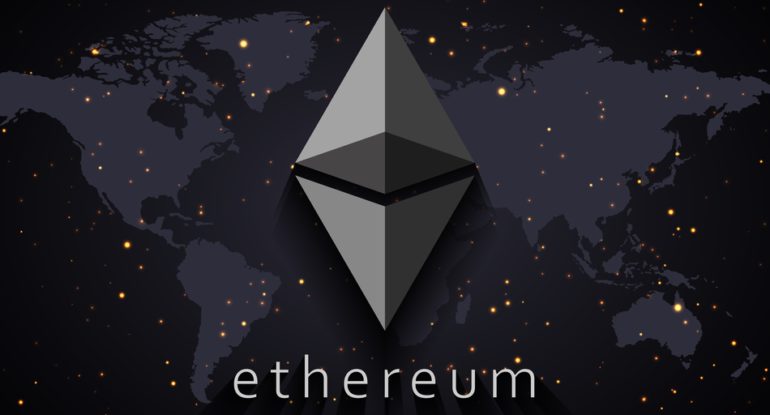Investors Can Now Exchange Pounds And Ether On The Same Blockchain

A group of former engineers from the Royal Bank of Scotland is working on implementing a private blockchain network for trading and settlement of digital assets, like cryptocurrencies, for the use of industries.
LAB577, a London-based project, led by the former innovation lead of RBS, Richard Crook, is developing its first platform offering, the Digital Asset Shared Ledger (DASL, pronounced a “dazzle”). It is built on the Corda Network, which is an open-source blockchain system made by R3, a banking association.
The industry has evolved so much so that DASL will be used for the trading od cryptocurrencies like bitcoin, ether, etc.
Crook said:
“Crypto is clearly converging with blockchain. We spent quite a lot of time in 2015 separating the two, to make sure we could have a conversation about blockchain, and now here we are converging the two back.”
LAB577, along with prime brokerage BCB, will station the customer’s assets, crypto or fiat, with custodians. In a procedure known in blockchain parlance as layer 2 settlement, Corda will power the trade for mirrored representations of these digital assets.
A similar initiativeis in the processto employ Ethereum tokens onto the architecture R3, whichis building fortheSwiss stock exchange SIX.
This way, it will allow the investors to conduct both legs of a trade, be it crypto-to-crypto or fiat-to-crypto, on a common system. This will also allow them to settle efficiently and simultaneously, rather than having to wait for days for a bank transfer, or minutes for a confirmation from a public blockchain system.
Institution-friendly
BCB claims that to bring Corda via DASL, it has a lot of clients including a few big banks.
BCB’s founder and CEO, Oliver von Landsberg-Sadie,saidthathis company has already startedwith a couple of beta clients, settling British poundsand Ethereum,bilaterally in aclosed environment.
“It is live in the sense that it’s using the live Corda network and live Corda nodes, but not yet a released product out in the wild,” he explained. (Crook said BCB will be evolvingfrom its old tech stack over a period of fewmonths.)
Moreover, Crook sad that integrating a crypto prime brokerage and the Corda Network will prove efficient because one would then have a known legal entity to run on that network. Also, Corda Network is a free and open-source version of R3’s technology. In simple words, financial institutes can be assured completely that they are meeting things like sanctions compliance and anti-money laundering.
“DASL wants to assist those regulated financial institutions to be able to deal with digital assets,” said Crook. “It could be something they want to issue themselves like debt or equity. It could be cash. And some of them do want to handle crypto.”
Prime time
A crucial challenge faced by prime brokerage regarding crypto, is arranging a host of wallets, proprietary blockchain protocols, network structures and many such. Similarly, with fiat, a unified settlement layer is absent, as told to us by Landsberg-Sadie. “The U.K. has a leg up with its Faster Payments system,”he added, “but firms still have to deal with a mishmash of payments systems in different jurisdictions.”
Landsberg-Sadie also stressed on a few particularoperational challenges regarding moving and storingcrypto securely, and accounting it in a unifiedway, adding:
“What we have always been on the lookout for is something which is a credible institutional bridge and a kind of settlements layer for cash and for crypto.”
Off-chain settlement arrangements of the same kind have been recently initiated. These include
In the DASL solution, BCB moves assets offline, storing it in Volt, which is a crypto custodian working with the insurance broker Aon. With fiat, the equivalent is physical bank accounts.
The fact that Corda is being used as a settlement layer also helps the scaling problem which has been faced by the cryptocurrency industry for years.
“You don’t need to move the physical lite coin
Two-way street
Settling the fiat trades on a blockchain network quickly with cash on the ledger is an
Crook’s team has already started the work of eliminating the gapbetween public and private blockchains,while at RBS with initiatives like Cordite, said the preferencesof BCB and SDX coming on Corda,creates a rising tide. “In the case of trade finance, you want to have stores of value on-chain which the Marco Polos and the TradeIXsof the world can use,” he said, referring to a Corda-based trade financeorganisation. “You can get the goods and services to flow one way across the ledger and the payment for those goods and services to flow the other way on the same ledger.”
Add a comment
You must be logged in to post a comment.




























































